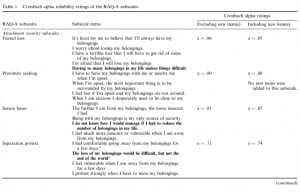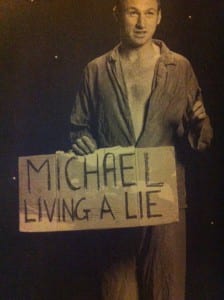“A Division between spaces that are used as a façade, and other spaces where a personal, hidden life takes place” ((Rechavi B. Taylor (2009) ‘A room for living: Private and public aspects in the experience of a living room’,A journal of environmental psychology, 29 (1) March: pp. 133-143. P.133.)). I would consider the living room to be less private out of all the rooms in a house, we always invite our guests into this room as it’s the most socially acceptable. “The living room, as such, is not where more secretive or personal aspects of the dweller manifests themselves” ((ibid, p. 134.)) that is left for the more intimate spaces such as the bedroom. In the Living room we tend to show off and perform a different face of reality, a mere perfect imitation of it when we have people around. Why do we do this? Do we do this to pretend we live in a perfect world?
We dress our living rooms on how we interpret our vision of home and the feeling of homeliness. Also, different people have different visions of home and what that looks like. As well as this, you can tell a lot about the person living there with how the living room is presented and styled. For example, if a person is disabled and or in a wheelchair the living room and house would be set out in a way where a wheelchair could navigate around easily.
I feel like our performance in the living room is a facade as we are showing the living rooms true face of reality. Whether we are on our own, with family or people we are comfortable with we tend to show a horrible side of reality that we are not sociable anymore and if we are it’s through virtual devices and in our performance we show this.



